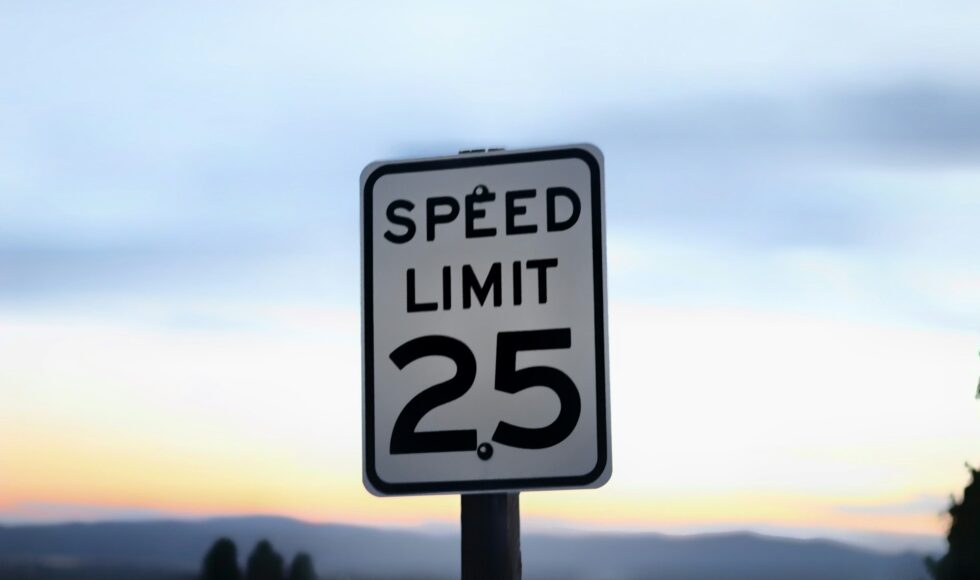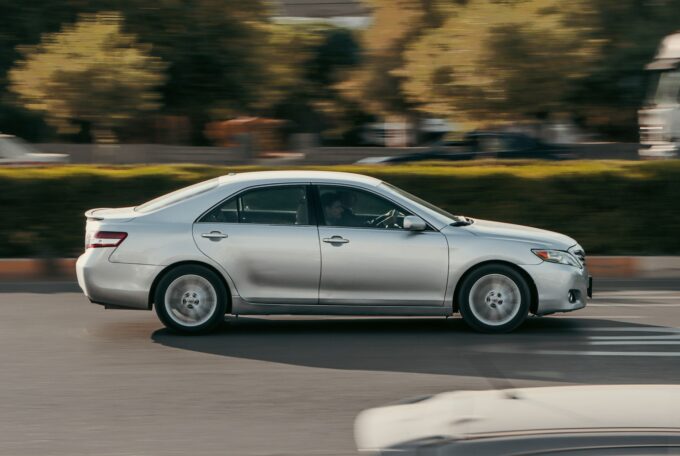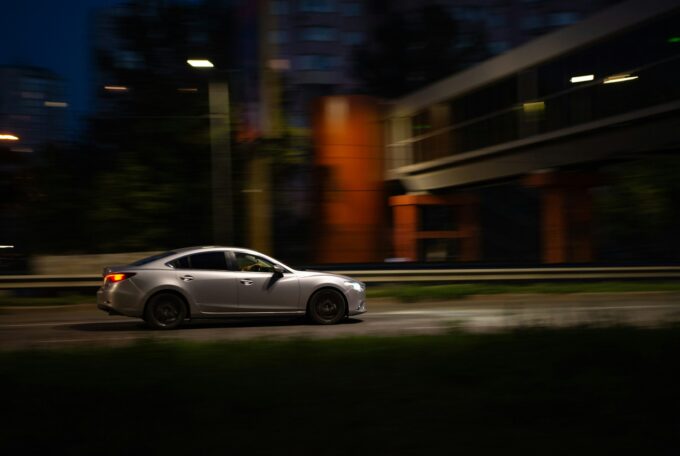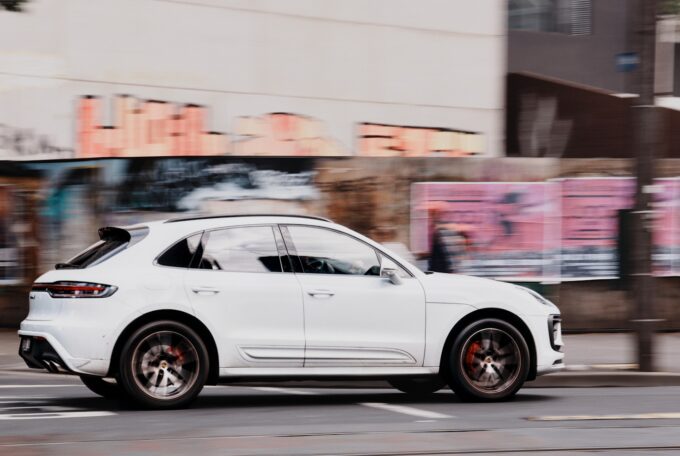Speed limit signs are more than road decorations. They guide how fast you’re expected to drive, keep traffic moving steadily, and help prevent crashes. But what happens when a driver can’t see the sign clearly? In states like Louisiana, where road conditions can vary and weather changes often, visibility issues are more common than people think. That can turn an ordinary drive into one that ends with flashing lights in the rearview mirror.
You might assume if you didn’t see the sign, that’s on you. But that’s not always the case. Drivers have successfully challenged tickets based on unclear or blocked speed limit signs. If a sign is knocked over, hidden by branches, or totally unreadable, that can lead to an unfair citation. When these types of tickets land in court, the visibility of the speed limit sign can have a big impact on what happens next.
Common Speed Limit Sign Visibility Problems
There are several things that can cause a speed limit sign to be hard to spot in Louisiana. Some of them are natural, some are man-made, and some happen because no one has gotten around to fixing a problem. Either way, if a driver can’t see the sign, it could lead to a traffic stop they didn’t expect.
Here are some visibility issues that come up a lot:
– Overgrown trees or bushes. These can completely block signs, especially in rural areas where maintenance is done less often.
– Faded or worn-out signs. With time and sun exposure, signs fade and look less noticeable.
– Dirty or weather-damaged signs. After storms, signs can be knocked sideways, dented, or covered with mud or debris.
– Placement problems. Sometimes signs are set too far off the road or behind another object like a billboard or utility pole.
– Missing signage after construction. After roadwork, signs might be left out or not put back where they were supposed to be.
Let’s say a driver is heading down a new stretch of road that once had a 45 mph limit, but it was recently changed to 35 mph after construction. If the new sign was placed behind a leaning power pole or misplaced entirely, that could lead to an unfair speeding ticket.
Drivers often think that if they were speeding, that’s the end of the story. But these kinds of hidden or unreadable signs make a difference. They can give you a good reason to challenge a ticket, especially when the sign would’ve been tough or impossible to see.
Impact On Traffic Cases
Visible speed limit signs are part of how drivers are expected to follow the rules. But when clear signage is missing or hidden, it creates problems. Traffic officers count on signs being visible when they write a ticket. Judges do, too, when a ticket shows up in court.
When a driver challenges a ticket, one of the first questions often asked is whether the speed limit was marked clearly. If the sign had poor visibility and the officer couldn’t prove the driver had fair warning, the ticket may not hold up. For a defense to be strong, the exact condition of the road and sign at the time really matters.
These types of disputes aren’t just about breaking the rule. They’re about whether the driver was put in a position where they had a fair chance to obey the rule at all. No one can follow a rule they didn’t know was there.
One example of this happened just outside of Lafayette where a speed limit sign was being blocked by a large tree that hadn’t been trimmed in months. After getting a ticket, the driver returned to the scene, took photos showing the blockage, and had the case dismissed in court because the judge agreed the sign wasn’t visible to normal traffic.
That kind of outcome shows how much visibility problems matter. Clear, easy-to-read signs are a big part of what makes traffic law fair. When that’s missing, it’s worth taking a closer look at the citation.
Gathering Evidence For Your Defense
If you believe a speed limit sign was hard to see or completely hidden when you got your ticket, gathering clear and simple evidence could help you. While it might seem like a traffic stop is too minor to go through that effort, showing proof of poor sign visibility can make a big difference when trying to challenge a citation in Louisiana.
Here are ways to build a defense around the visibility issue:
1. Take pictures of the area where you were stopped. Be sure to include shots from the driver’s point of view, both near and from a distance. Capture what the trees, poles, or anything else blocking the sign looked like at the time you drove by.
2. Record the exact location and direction you were traveling when you got pulled over. This helps show whether the sign would have been clearly visible from where you were.
3. Ask someone to ride with you afterward or check the area themselves. If they agree it was hard to see, get their statement in writing.
4. Check local road conditions or reports. If construction was happening nearby, it’s possible the sign was moved, not put back correctly, or replaced improperly.
5. Find out if the sign’s condition changed since the ticket. If city workers fixed or replaced the sign right after your citation, you’ll want photos or proof showing how it looked before.
All of these actions help support your word with something physical you can point to. Judges don’t rely on opinion. They look for clear evidence. If a Louisiana speed limit sign fails to warn a driver in time, that defense carries weight when presented right.
Why You Need A Louisiana Traffic Attorney
Trying to explain a hidden or unreadable speed limit sign without legal help might leave gaps in your case. Louisiana law on traffic violations can be hard to understand without someone who handles these issues every day. That’s where having a Louisiana traffic attorney makes a big difference. The role of the attorney is not just to speak on your behalf in court, but to help figure out what matters most when presenting your side.
Here is how an attorney can help:
– Determine whether the speed limit sign met proper visibility standards at the time.
– Collect more evidence by requesting road maintenance records or reviewing public complaints about the route.
– Represent you professionally in court and deliver a clearer argument.
– Communicate with local prosecutors. That might lead to a reduced fine or even a dropped charge.
One person might not know what kind of photo or road evidence holds up in traffic court, but a local attorney has likely worked cases just like yours. Getting advice and help from the start saves time and prevents mistakes that make things harder later.
Making Roads Fairer and Safer
Speed limit signs don’t do their job if drivers can’t see them. It seems obvious, but plenty of signs in Louisiana end up hidden behind trees, leaned over into the grass, or sun-faded until they’re barely readable. Without visible signs, drivers may follow outdated speed limits or miss lower limits added for road conditions.
If you see a blocked sign in your area, don’t ignore it. Let local road crews or the city know. That simple phone call can make a difference for everyone driving the same route each day. Clear signs help drivers avoid unfair stops and make traffic enforcement more consistent.
If you did get a ticket and think visibility played a role, it’s worth standing up for yourself. The law assumes drivers had the chance to follow the rules. When that’s not the case, defending your actions with help from a Louisiana traffic attorney makes sense. They know how to argue these points and present your side fully.
Even one picture of where that sign was or how far off the road it was placed could help in getting your ticket dropped. Take the time to gather what you can, and connect with someone who knows how Louisiana traffic defense works. Your ticket might not be the end of the road.
Dealing with a speeding ticket caused by poor sign visibility can feel frustrating and unfair. When you’re unsure of your options or how to fight back, working with a Louisiana traffic attorney can make the difference. Let LouisianaSpeedingTicket.com guide you through the steps to challenge your ticket and protect your driving record.





